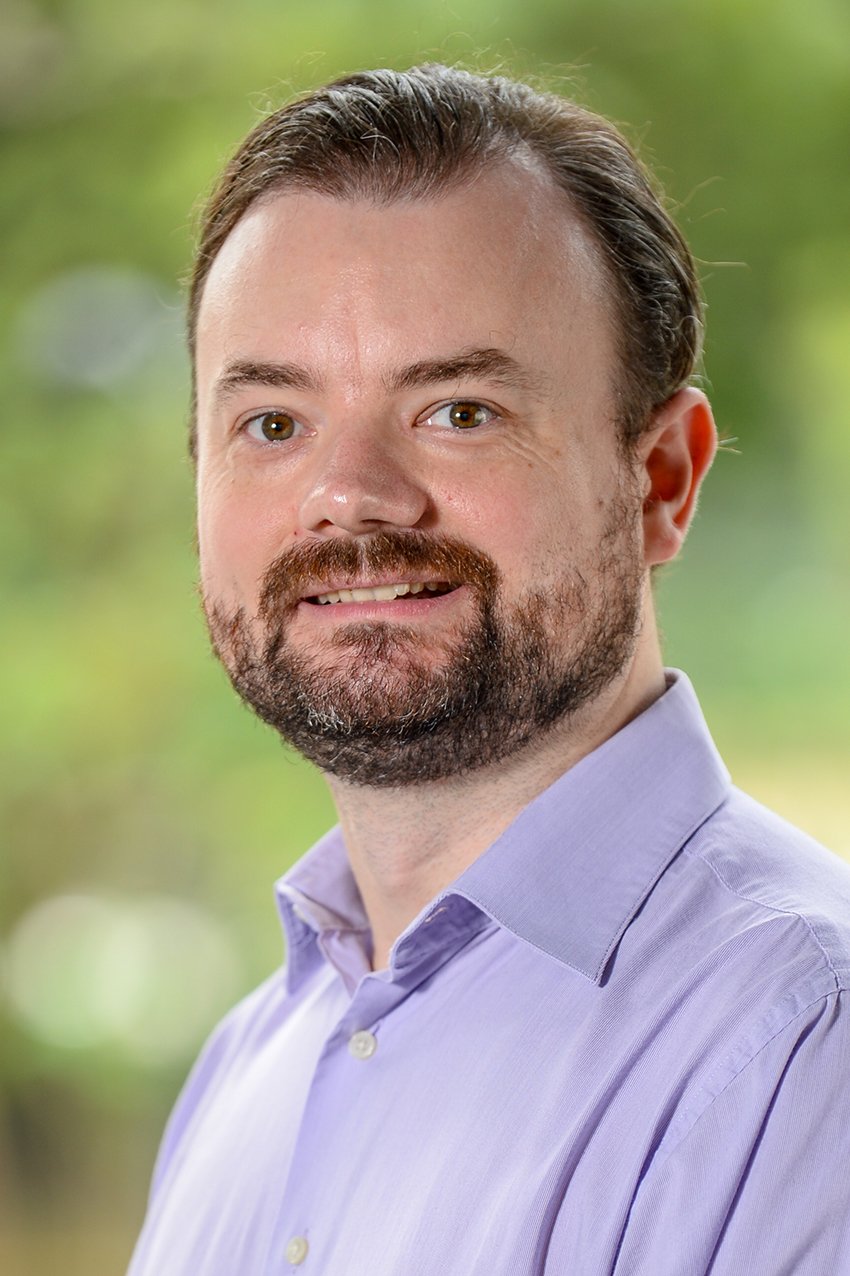Professor William J. Glover
Professor William J. Glover
NYU Shanghai
NYU-ECNU Center for Computational Chemistry
Center for Deep Learning and Artificial Intelligence
Department of Chemistry
New York University
Abstract
Modelling excited-state processes in complex systems with new multiscale embedding methods
Photoexcited charge-transfer reactions underly numerous photophysical and photobiological processes in e.g. organic photovoltaics, the radiolysis of water, radiation damage of DNA, and photosynthesis. A common challenge to understanding these phenomena is the need to simultaneously describe multiple electronic states of both local and charge-transfer character that are strongly coupled to environment (e.g. solvent). A popular strategy is to use multiscale embedding methods such as quantum mechanics/molecular mechanics (QM/MM), wherein the system is partitioned into an active QM region containing the molecules/ reaction of interest and an inactive environment with everything else that is described with computationally cheap MM forcefields. Important to the description of electronic excitations is the coupling between the QM and MM subsystems, i.e. how the QM region is embedded in the MM system. Two technical challenges arise: 1) How to partition the QM and MM regions, particularly when the solvent needs to be treated with QM, as in the case of radiolysis products of water. 2) How to capture the electronic polarization of the environment in a consistent manner for multiple electronic states, even when they cross during a photochemical reaction.
I will discuss our developments in QM/MM methodology to address the above challenges. Our new methods allow us to tackle long-standing questions concerning water radiolysis and photosynthesis. In particular: why do hydrated electrons, formed from the radiolysis of water, decay so quickly from their excited states to the ground state in ~50 fs? What is the origin of unidirectionality that favors charge separation in the active branch of the purple bacteria reaction center? The new tools thus open the door to accurate yet efficient simulations of photoexcited charge- transfer reactions in a plethora of complex systems.
William J. Glover
William Glover is an assistant professor of chemistry at NYU Shanghai and Global Network University assistant professor in the department of Chemistry at NYU. He currently serves as associate director of the NYU-ECNU Center for Computational Chemistry. William received his undergrad degree in Chemistry from the University of Oxford in 2003. He then moved to sunny California where he joined the group of Prof. Ben Schwartz at UCLA and did his PhD research on many-electron mixed quantum/classical descriptions of condensed-phase charge-transfer reactions, graduating in 2009. This was followed by postdoctoral work with Todd Martinez (Stanford) and Ben Schwartz before starting his independent career at NYU Shanghai in 2015. He has established a research program in developing and applying theoretical and computational tools to understand excited-state properties and dynamics of condensed- phase systems, with applications to the photophysics of biological molecules. His work has been supported by the Science and Technology Commission of Shanghai Municipality, the National Natural Science Foundation of China, the Shanghai Pudong Pearl Leading Talents Program, and the Ministry of Science and Technology National Foreign Experts Program. He received a Spring 2023 ACS OpenEye Outstanding Junior Faculty Award in Computational Chemistry.
Hosted by Professor Donald Truhlar
